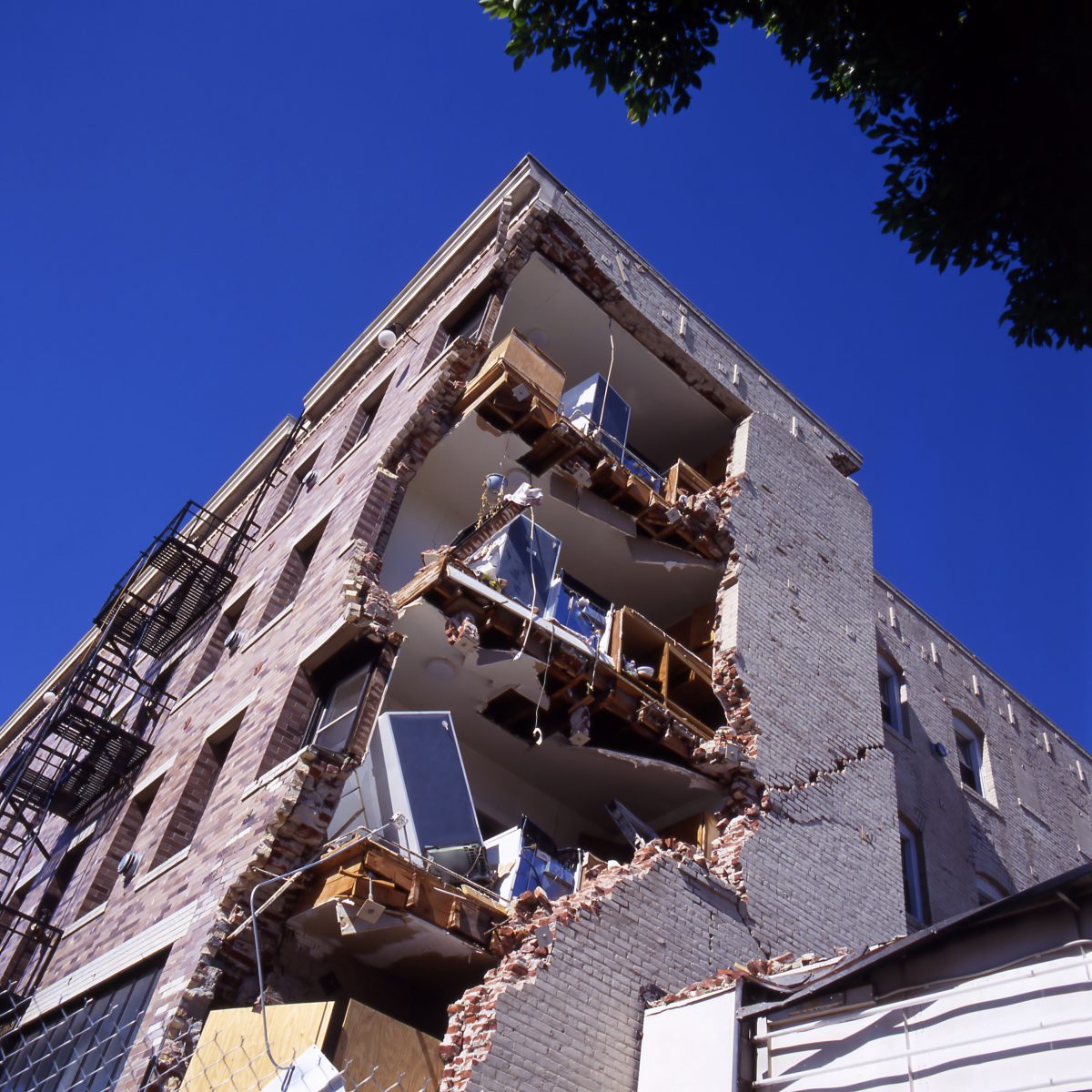
Seismic Retrofit Vs. Remodel? 7 Things To Consider
Property Owners in Los Angeles have a lot on their plates with strict seismic building codes. In one of the most seismically active areas of the United States, those codes are intended to protect lives and minimize property damage and preserve the economy in the event of inevitable earthquakes. In addition to having the required earthquake retrofit work done, property owners may face additional questions about whether they need a seismic upgrade when remodeling their property or beginning a tenant improvement project. There are many changes that could trigger the need for seismic retrofit work. Here are seven of the most common. If you need to make any changes to your Los Angeles building, make sure to schedule a seismic structural evaluation by a qualified earthquake retrofitting firm like Optimum Seismic at (833) 978-7664 to save you time and money.
1. Changes in Building Codes
Los Angeles seismic retrofit building codes were updated in 2015 and property owners throughout the city are still trying to work out the details. Whether you’ve received a letter from the city or not, you are legally obligated to bring your buildings up-to-code so they can withstand upcoming earthquakes. If you own a building that falls into one of these categories, then it’s important to act quickly:
- Your building has a “soft story” (e.g. an apartment building with tuck-under parking) or storefront commercial property with large glass window fronts
- Moment resisting steel frame buildings and concrete tilt-up buildings constructed before the Northridge earthquake
- Non-ductile concrete buildings built before 1976
- Wood-frame buildings constructed before 1978
- Unreinforced masonry and precast buildings constructed before 1934
2. Adding on to a Current Building
Whenever a property owner wants to add on to an existing structure, this triggers the need for a seismic evaluation of the current property. A trained retrofit professional will need to assess the original structure and determine how connecting the new structure will impact its ability to withstand an earthquake. A seismic upgrade of the older structure can often ensure that the entirety of the structure, both old and new sections, are up to the latest building codes.
3. Remodeling an Existing Building
Many tenant improvement projects require demolishing inner walls and elements that may or may not support the structure, lateral systems and ability to withstand an earthquake. On the other hand, if the building is already up to current code and only modest surface remodeling will take place, a full seismic retrofit may not be necessary. A seismic assessment is necessary to determine whether the remodeling process will impact the building’s earthquake safety.
4. Updated Occupancy
If a building’s type of occupancy changes, and extensive remodeling is required the building may move into a higher (or lower) risk category than it used to fall under. For example, if you have an office complex that will be remodeled and turned into an educational center for K-12 students with a higher occupant load, the building will likely move into a higher risk category that usually requires a seismic upgrade for the whole structure to ensure the safety of the occupants.
5. Change of Use
The office building-to-school building remodel example also involves a change of use. Anytime a building’s main purpose changes, this will trigger the need for an evaluation to determine whether or not the building still meets seismic building codes, or whether it needs to be retrofitted.
6. Building Owner Requests Voluntary Seismic Upgrade
For many building owners, aside from just answering the letter from the building department about earthquake retrofitting, they may actively seek to bring their buildings up-to-code. This is a wise move on many levels. Most importantly, it can protect your tenants and reduce damage and repair costs to your property in the event of an earthquake. This is the far-sighted approach that many responsible property owners are taking now.
7. Damage Repairs and Retrofitting
Any time a building suffers damage, whether from flood, fire or earthquake, it’s important to have a seismic assessment done. Even the light shaking we get from time to time can cause damage to buildings that may not be initially apparent without professional evaluation. It’s important to check any structure you own for things such as:
- Cracks
- Settlement
- Visible damage
Also, pay attention to structures with unusual architectural features, soft story parking or other soft-story levels, wide doors and windows, skylights, and other spacious openings that could collapse in an earthquake.
If you’re remodeling a building for any of these reasons, it’s wise to do your seismic retrofit as part of the remodeling or tenant improvement process. In fact, combining the two projects can often save property owners and tenants time, money and hassle by having the work done concurrently. So, request a professional consultation. Optimum Seismic has been helping property owners prepare their buildings to withstand earthquakes since 1984. Call us today at (833) 978-7664.
